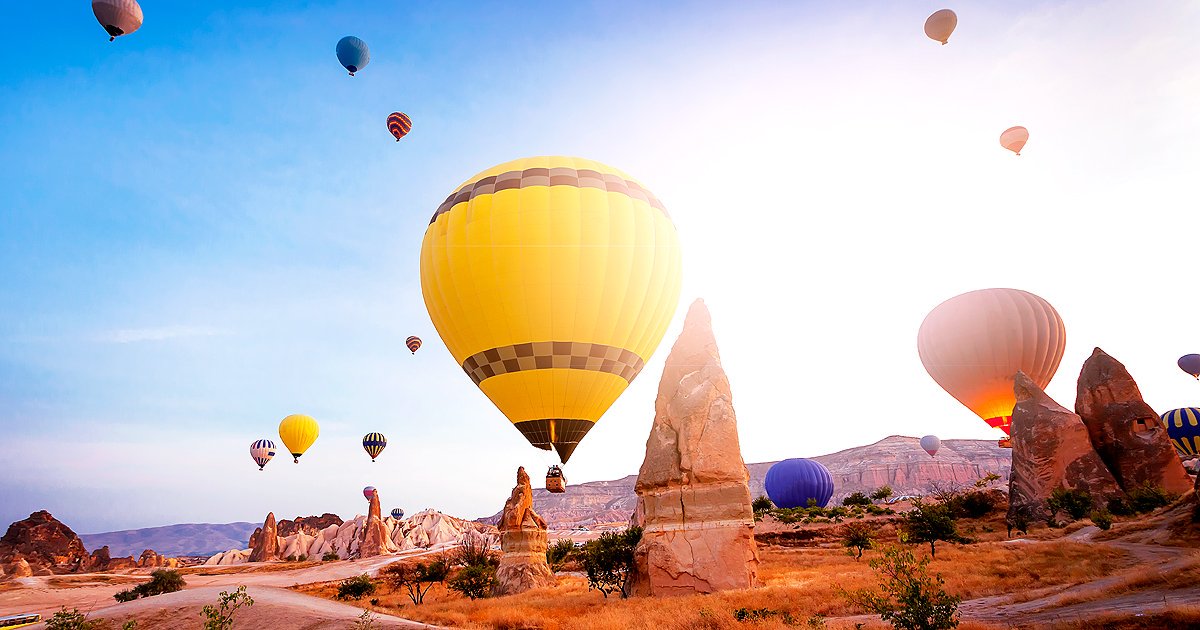13 Gigantic Land Art Installations That Transform the Landscape into Canvas
In the realm of art, the earth itself becomes a boundless canvas for those who dare to dream big, transforming landscapes with colossal brushstrokes. Land art, a movement that emerged in the 1960s and 70s, invites us to explore the intersection of nature and creativity on an epic scale. These installations transcend traditional art forms, blending environmental consciousness with artistic expression. As we delve into this top 13 list of the largest land art installations, we will uncover how these breathtaking masterpieces redefine our understanding of art and landscape. Each piece tells a story, not just of the artist's vision, but of the land itself, its history, and its future. This exploration will take us across continents, revealing the diverse ways artists have chosen to engage with the earth, and in doing so, transform our perception of both art and the environment.
1. The Spiral Jetty: A Symbol of Change

The Spiral Jetty, created by Robert Smithson in 1970, is a quintessential example of land art that interacts dynamically with its environment. Located on the northeastern shore of the Great Salt Lake in Utah, this 1,500-foot-long coil of basalt rocks extends into the lake, altering its appearance with the fluctuating water levels. The Spiral Jetty is a testament to the impermanence and transformative power of nature. As the lake's salinity changes, the water's color shifts from blue to pink, providing a vivid backdrop to Smithson's creation. This interplay between natural forces and artistic intervention challenges our notions of permanence and stability in art. Smithson's work invites viewers to consider how art can reflect and respond to environmental changes, encouraging a deeper understanding of our relationship with the natural world.
2. The Lightning Field: Capturing the Skies
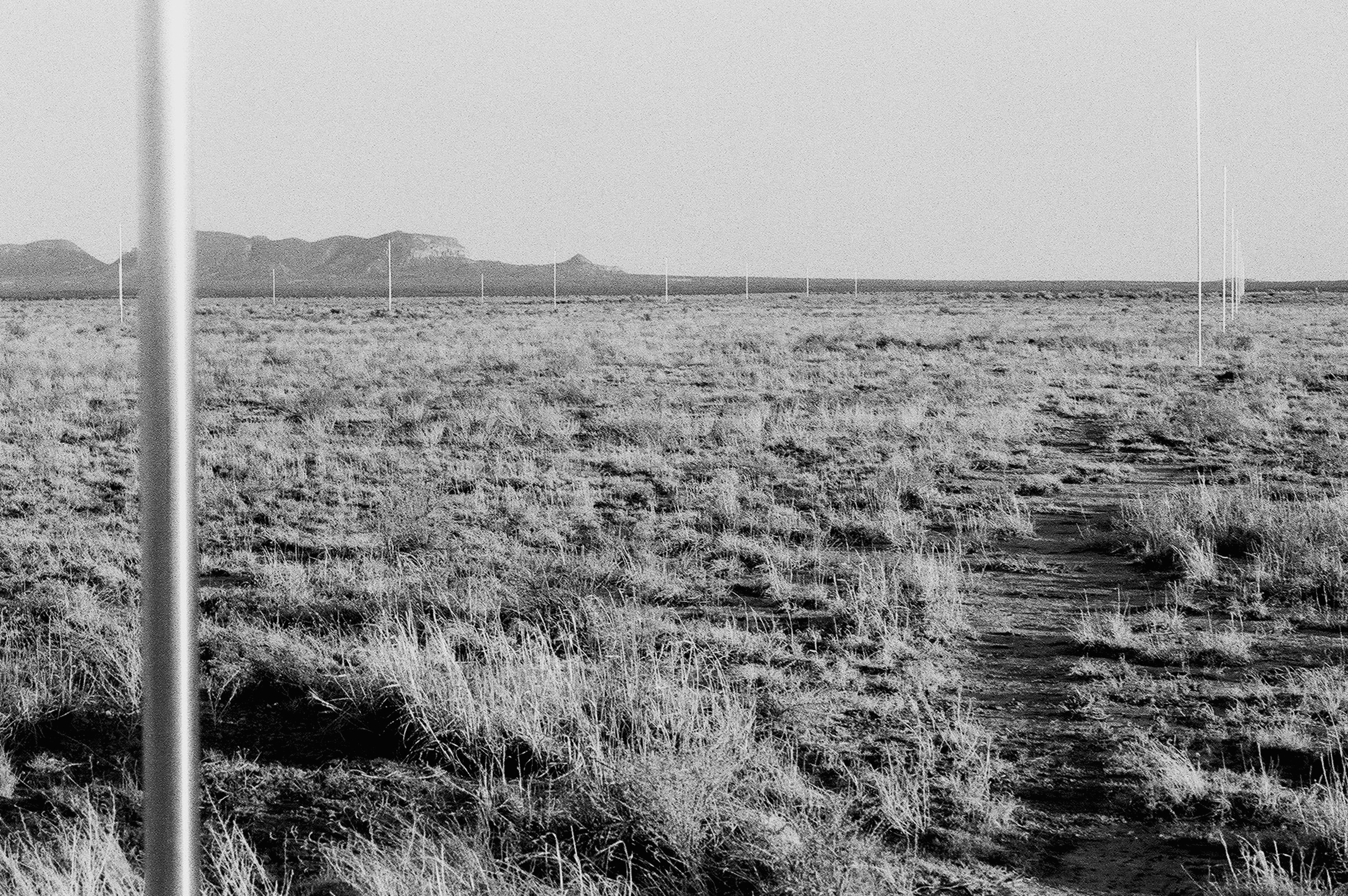
Walter De Maria's The Lightning Field, completed in 1977, is an ambitious installation that harnesses the power of natural phenomena. Situated in a remote area of New Mexico, this artwork consists of 400 stainless steel poles arranged in a grid over a mile long and a kilometer wide. The poles attract lightning strikes, creating a dramatic interplay between the earth and sky. This installation challenges viewers to contemplate the scale and unpredictability of nature, as well as the artist's ability to frame it in a new context. The Lightning Field is not just a visual spectacle; it is an immersive experience that invites visitors to engage with the landscape over an extended period. By capturing the raw energy of lightning, De Maria's work underscores the sublime beauty and inherent danger of the natural world, prompting reflection on humanity's place within it.
3. Roden Crater: A Celestial Observatory
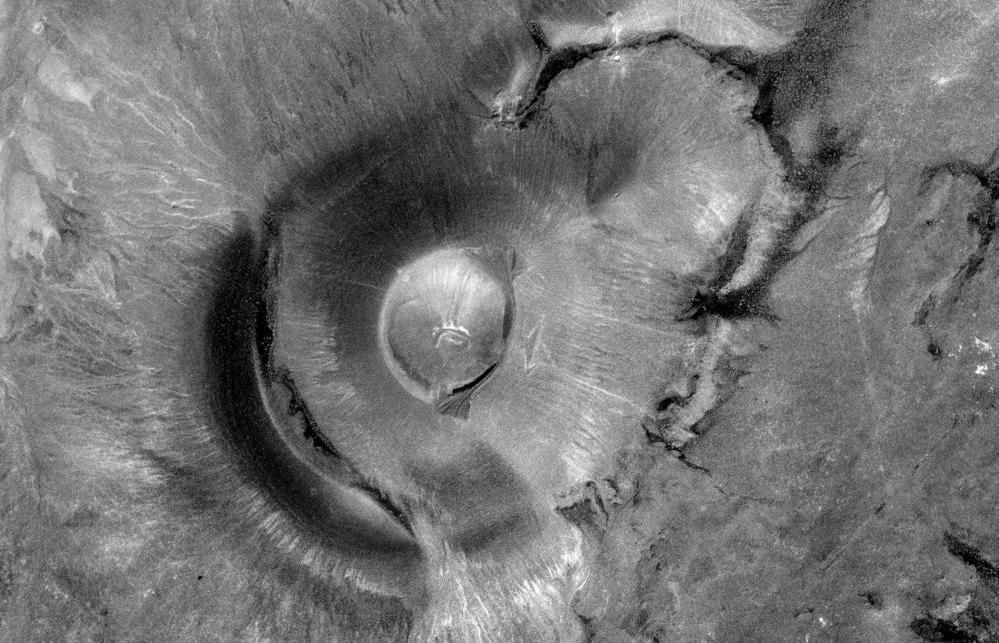
James Turrell's Roden Crater is a monumental work in progress that transforms an extinct volcanic cinder cone in Arizona into a celestial observatory. Turrell, known for his exploration of light and perception, has been working on this project since the 1970s. The crater's interior has been meticulously shaped to create a series of viewing chambers and tunnels that frame the sky in unique ways, allowing visitors to experience celestial phenomena with unparalleled clarity. Roden Crater is a testament to the fusion of art and science, as Turrell uses the natural landscape to explore the interplay between light, space, and perception. This installation invites contemplation of the cosmos and our place within it, offering a meditative experience that transcends traditional art forms. By transforming a geological feature into a work of art, Turrell challenges us to reconsider the boundaries between art, nature, and the universe.
4. The Green Cathedral: Nature's Living Monument

In the Netherlands, Marinus Boezem's Green Cathedral offers a living testament to the power of nature as an artistic medium. Planted in 1987, this land art installation consists of 178 poplar trees arranged in the exact shape and dimensions of the Cathedral of Notre-Dame in Reims, France. Over time, the trees have grown to form a living cathedral, complete with aisles and a nave. The Green Cathedral challenges conventional notions of architecture and permanence, as it evolves with the seasons and the life cycle of the trees. This installation invites viewers to reflect on the relationship between nature and human creation, highlighting the ephemeral beauty of both. As the trees mature and eventually decay, the Green Cathedral serves as a poignant reminder of the passage of time and the interconnectedness of all living things.
5. The Floating Piers: Walking on Water
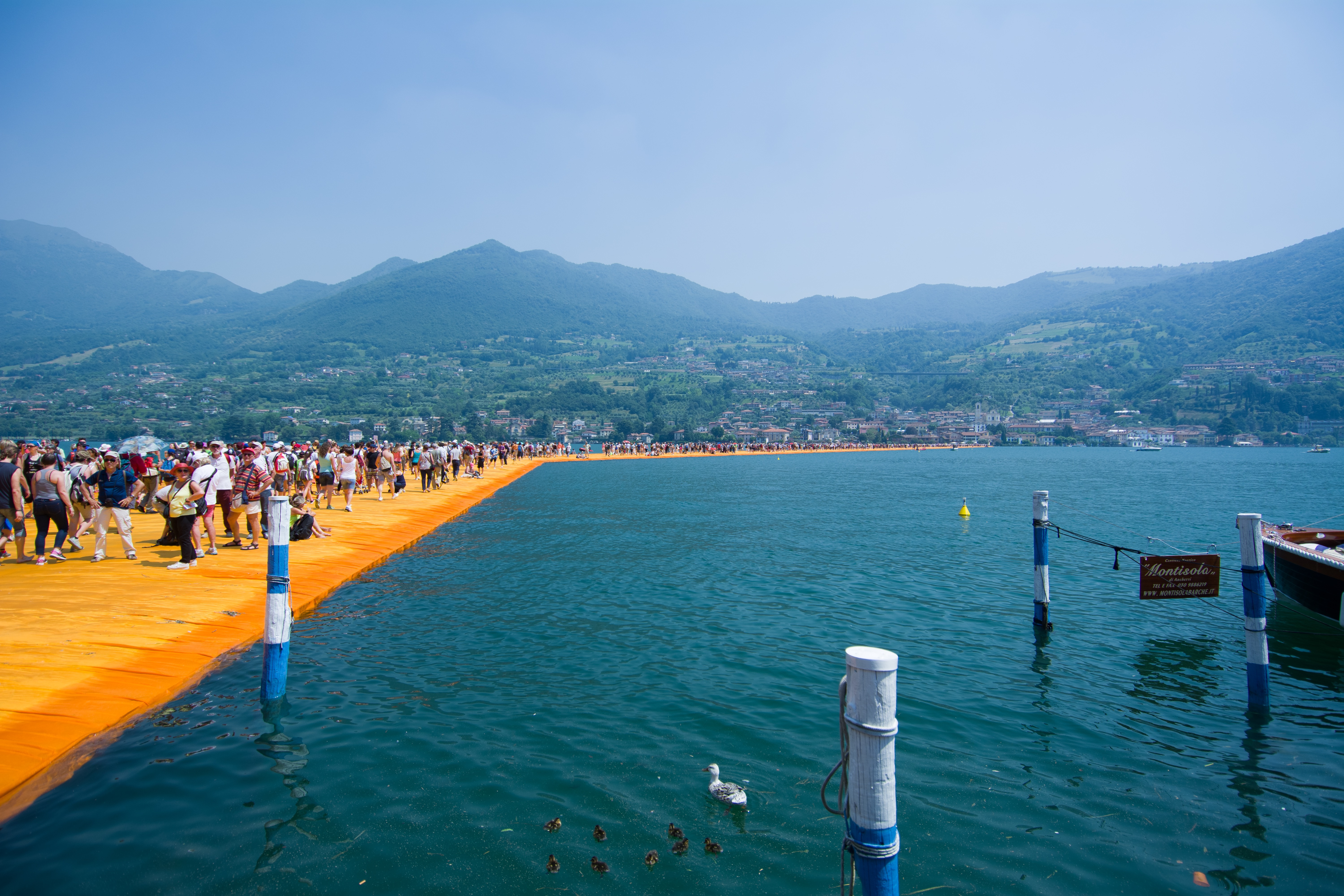
Christo and Jeanne-Claude's The Floating Piers, realized in 2016, transformed Italy's Lake Iseo into a temporary masterpiece of land art. This installation consisted of 100,000 square meters of shimmering yellow fabric, supported by a modular floating dock system that allowed visitors to walk on water. The Floating Piers offered a unique sensory experience, inviting participants to engage with the landscape in a new and immersive way. This temporary installation challenged traditional notions of art, emphasizing the importance of experience and interaction over permanence. Christo and Jeanne-Claude's work highlights the potential of art to transform our perception of the environment, encouraging viewers to see familiar landscapes in a new light. By creating a pathway across the lake, The Floating Piers symbolized connection and movement, inviting reflection on the fluid boundaries between land and water, art and nature.
6. The Great Wall of Los Angeles: A Narrative in Paint
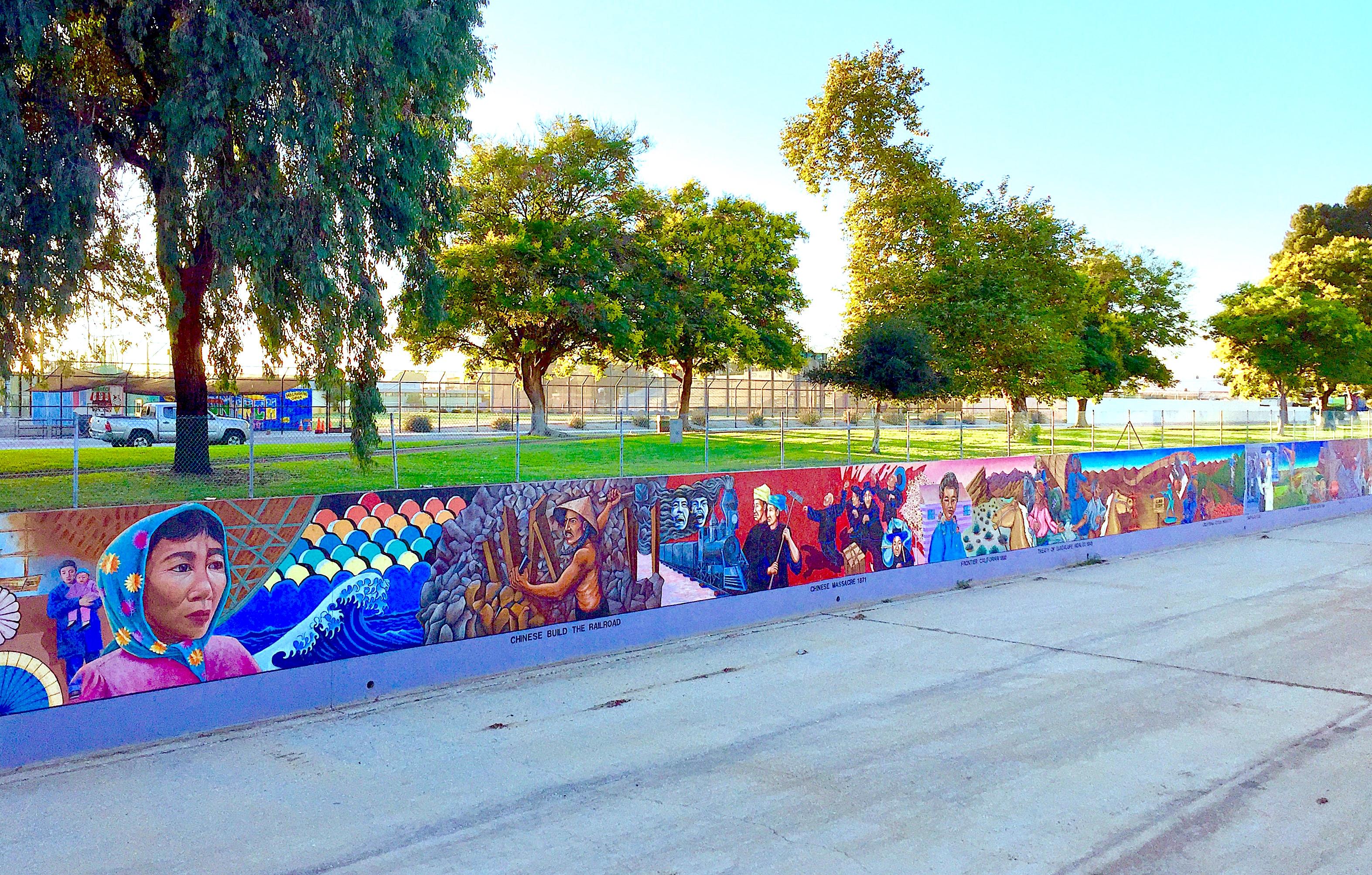
The Great Wall of Los Angeles, spearheaded by artist Judy Baca in 1974, is a monumental mural that stretches half a mile along the Tujunga Wash in California. This collaborative project involved hundreds of community members and artists, creating a vibrant narrative of California's history from prehistoric times to the 1950s. The mural's scale and scope make it one of the largest and most ambitious public art projects in the world. The Great Wall of Los Angeles challenges traditional notions of land art by using urban infrastructure as a canvas, transforming a flood control channel into a vibrant tapestry of stories. This installation highlights the power of art to foster community engagement and social change, providing a platform for marginalized voices and histories. By weaving together diverse narratives, Baca's work invites viewers to reflect on the complexities of history and the role of art in shaping collective memory.
7. The Desert Breath: A Vortex of Sand

In the Egyptian desert near the Red Sea, Desert Breath stands as a testament to the transformative power of art and nature. Created by the D.A.ST. Arteam in 1997, this land art installation consists of two interlocking spirals of sand, one ascending and the other descending, covering an area of over 1 million square feet. The spirals create a vortex-like effect, drawing viewers into the heart of the desert landscape. Desert Breath challenges perceptions of scale and perspective, inviting contemplation of the vastness and mystery of the natural world. As the desert winds gradually erode the installation, it becomes a living artwork that evolves with the environment. This ephemeral quality underscores the impermanence of human creations and the enduring power of nature, prompting reflection on the passage of time and the interconnectedness of all things.
8. The City: A Monumental Vision
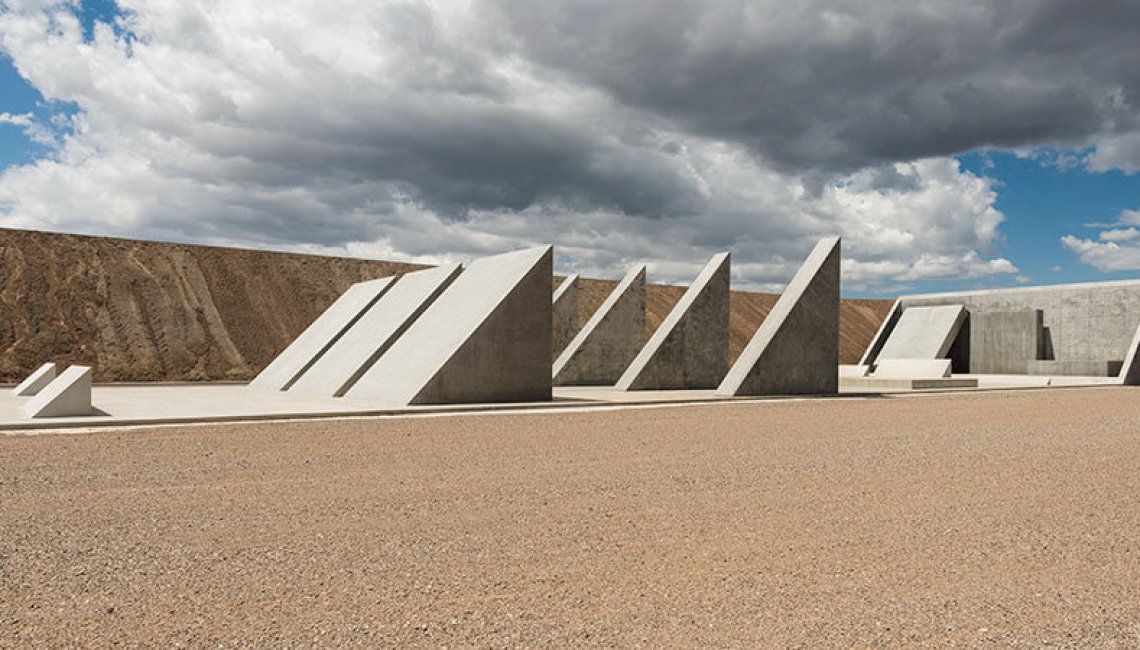
Michael Heizer's The City, located in the Nevada desert, is one of the most ambitious land art projects ever undertaken. Conceived in the 1970s and still under construction, this massive installation spans over a mile long and half a mile wide, incorporating elements of ancient architecture and modern minimalism. The City is a testament to Heizer's vision of creating a monumental work that transcends traditional art forms, inviting viewers to engage with the landscape on a grand scale. This installation challenges perceptions of space and time, drawing inspiration from ancient civilizations while embracing contemporary artistic practices. The City invites contemplation of humanity's relationship with the environment, highlighting the potential of art to shape and redefine our understanding of the world. By transforming the desert landscape into a vast architectural complex, Heizer's work prompts reflection on the boundaries between art, nature, and civilization.
9. The Red Earth Circle: A Tribute to Indigenous Art
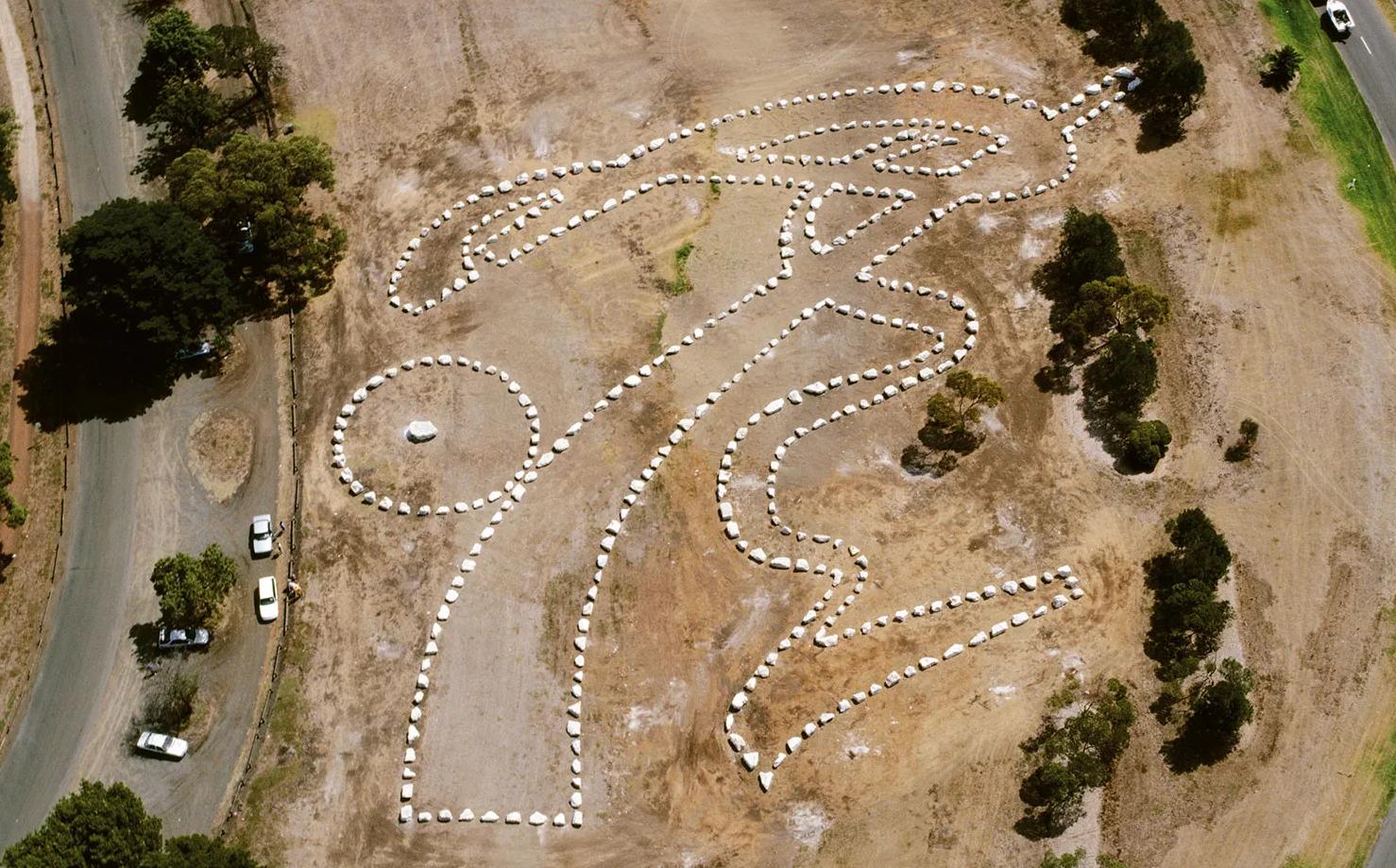
In Australia, The Red Earth Circle by artist Andrew Rogers pays homage to the rich cultural heritage of the region's Indigenous peoples. Created in 2006 as part of the Rhythms of Life series, this land art installation consists of a large circular formation of red earth, echoing traditional Indigenous art and symbols. The Red Earth Circle challenges viewers to consider the deep connection between art, culture, and the land, highlighting the enduring legacy of Indigenous knowledge and practices. This installation invites reflection on the importance of preserving cultural heritage and fostering dialogue between diverse artistic traditions. By integrating elements of Indigenous art into a contemporary land art context, Rogers' work underscores the potential of art to bridge cultural divides and promote understanding. The Red Earth Circle serves as a powerful reminder of the interconnectedness of all cultures and the shared responsibility to protect and honor the earth.
10. The Sun Tunnels: Framing the Cosmos
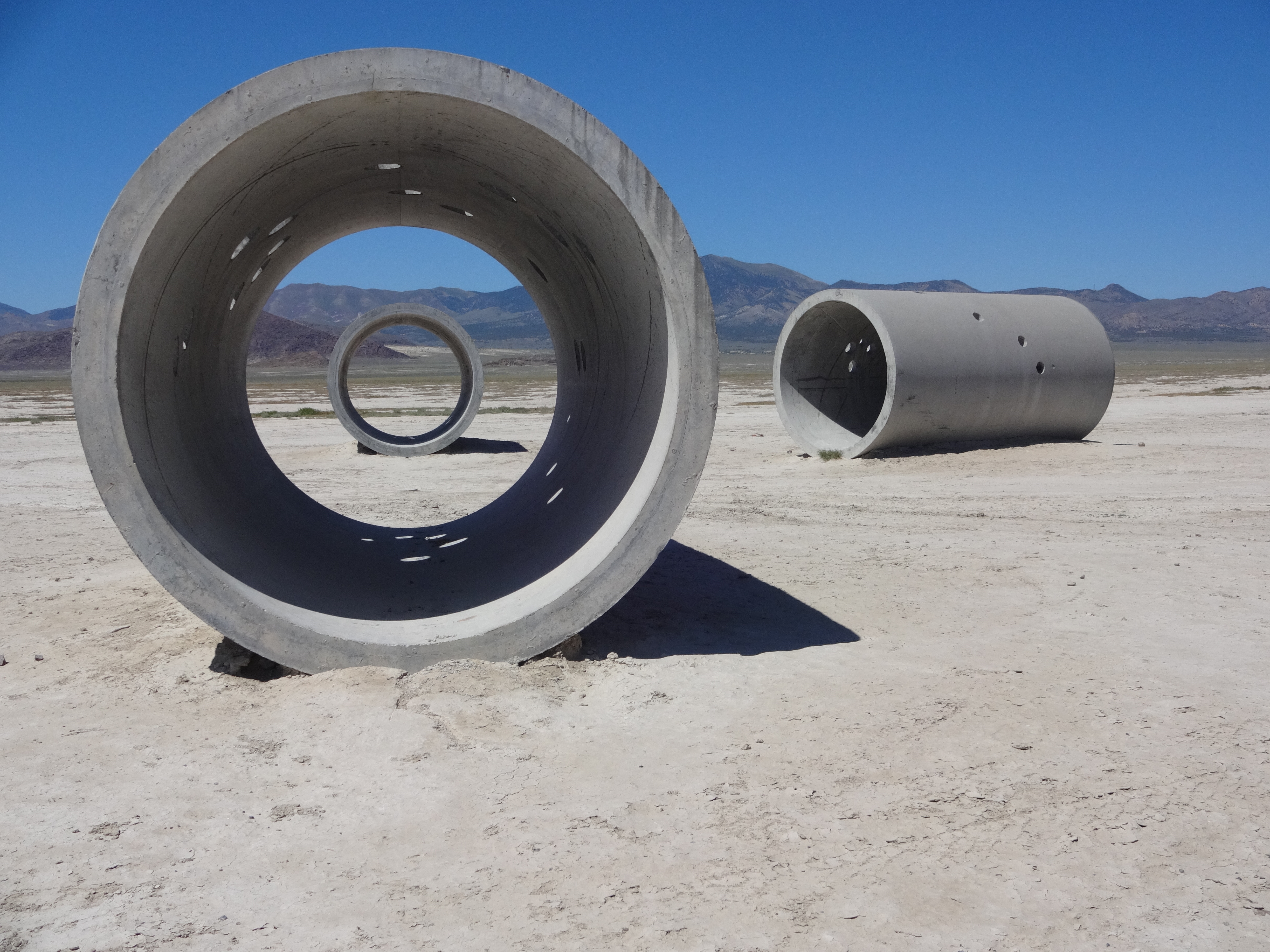
Nancy Holt's Sun Tunnels, located in the Utah desert, offer a unique exploration of light, space, and time. Created in 1976, this installation consists of four large concrete tunnels arranged in an open X configuration, aligned with the sunrise and sunset during the summer and winter solstices. The tunnels are perforated with holes that cast patterns of light and shadow, creating a dynamic interplay between the artwork and the natural environment. The Sun Tunnels challenge traditional notions of sculpture and landscape, inviting viewers to engage with the cosmos in a new and immersive way. This installation highlights the potential of art to frame and enhance our experience of the natural world, encouraging contemplation of the interconnectedness of earth and sky. By transforming the desert landscape into a celestial observatory, Holt's work invites reflection on the passage of time and the eternal rhythms of the universe.
11. Seven Magic Mountains: Desert Totems of Dayglow Dreams
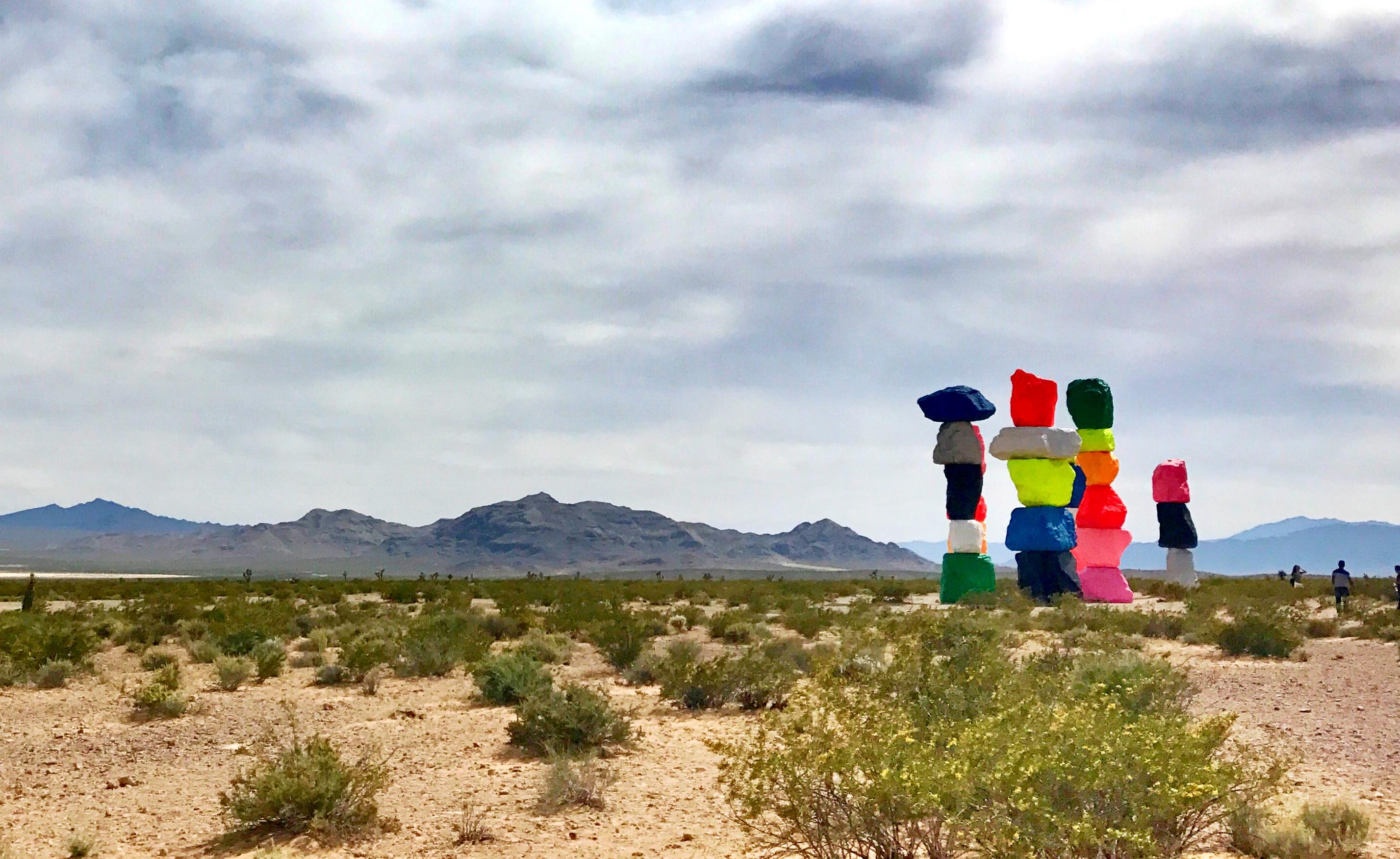
Ugo Rondinone’s "Seven Magic Mountains" (2016-present) erupts from the Nevada desert landscape like a psychedelic mirage. Located south of Las Vegas, these seven colossal totems, each towering over 30 feet, are composed of locally-sourced boulders painted in vibrant, dayglow hues. Stacked precariously, they create a stark, joyful contrast to the muted desert palette, becoming an instant icon of human expression amidst natural vastness. Rondinone’s work is a meditation on the artificial and the natural, a bridge between the geologic and the pop-art sensibility, inviting contemplation and countless photographs at this unique intersection.
12. The Salt Cathedral: An Underground Marvel
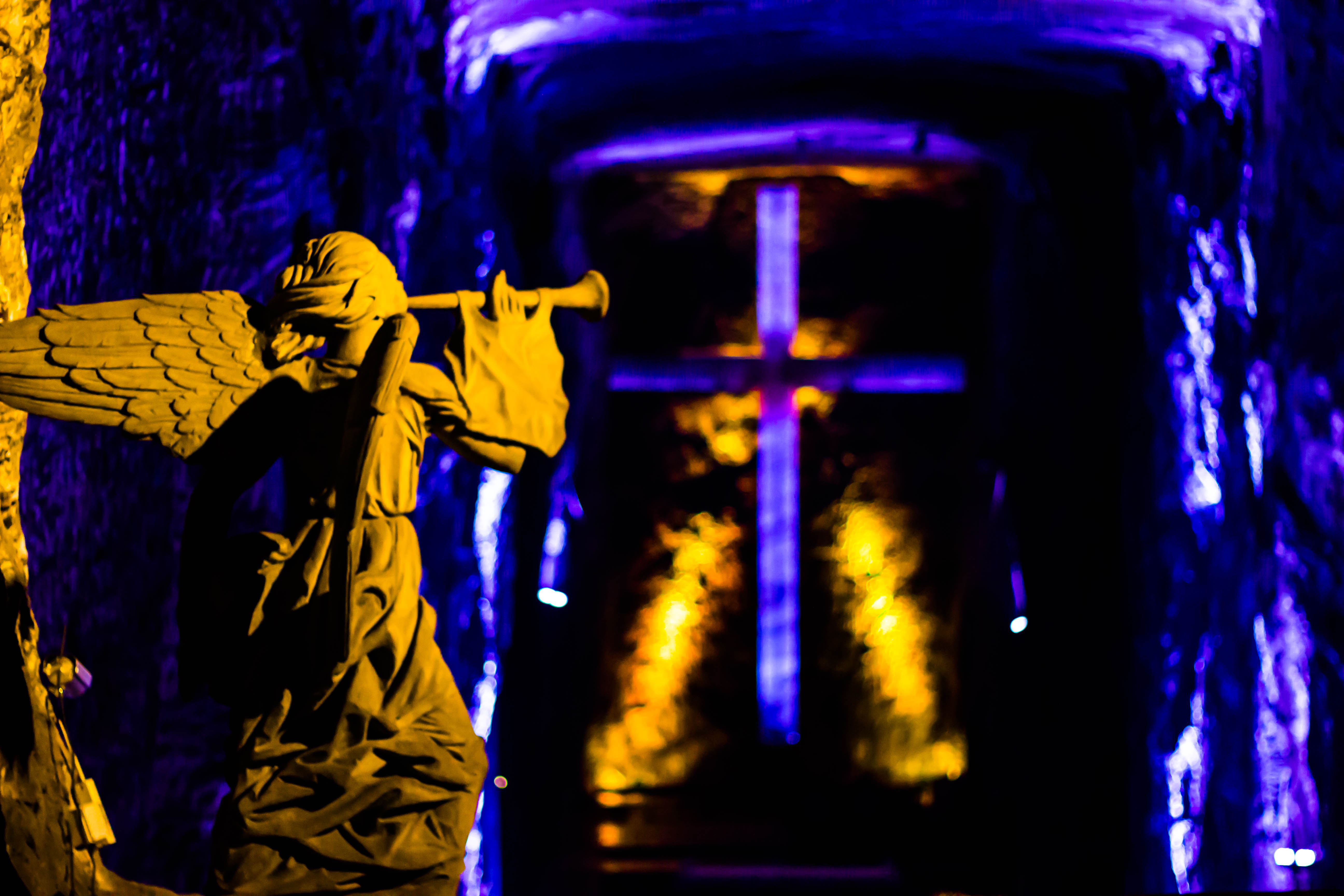
In Colombia, the Salt Cathedral of Zipaquirá offers a unique exploration of art and architecture within the earth itself. Carved into the depths of a salt mine, this subterranean cathedral is a breathtaking example of land art that merges religious symbolism with geological wonder. The Salt Cathedral challenges traditional notions of art and architecture, transforming a natural resource into a sacred space that invites contemplation and reflection. This installation highlights the potential of art to transcend boundaries and create new experiences, inviting viewers to engage with the earth in a profound and meaningful way. By integrating elements of the natural environment into a spiritual context, the Salt Cathedral underscores the interconnectedness of art, nature, and faith. This underground marvel serves as a testament to the enduring power of art to inspire and uplift, offering a unique perspective on the relationship between humanity and the earth.
13. The Blue Lake: A Vision in Color
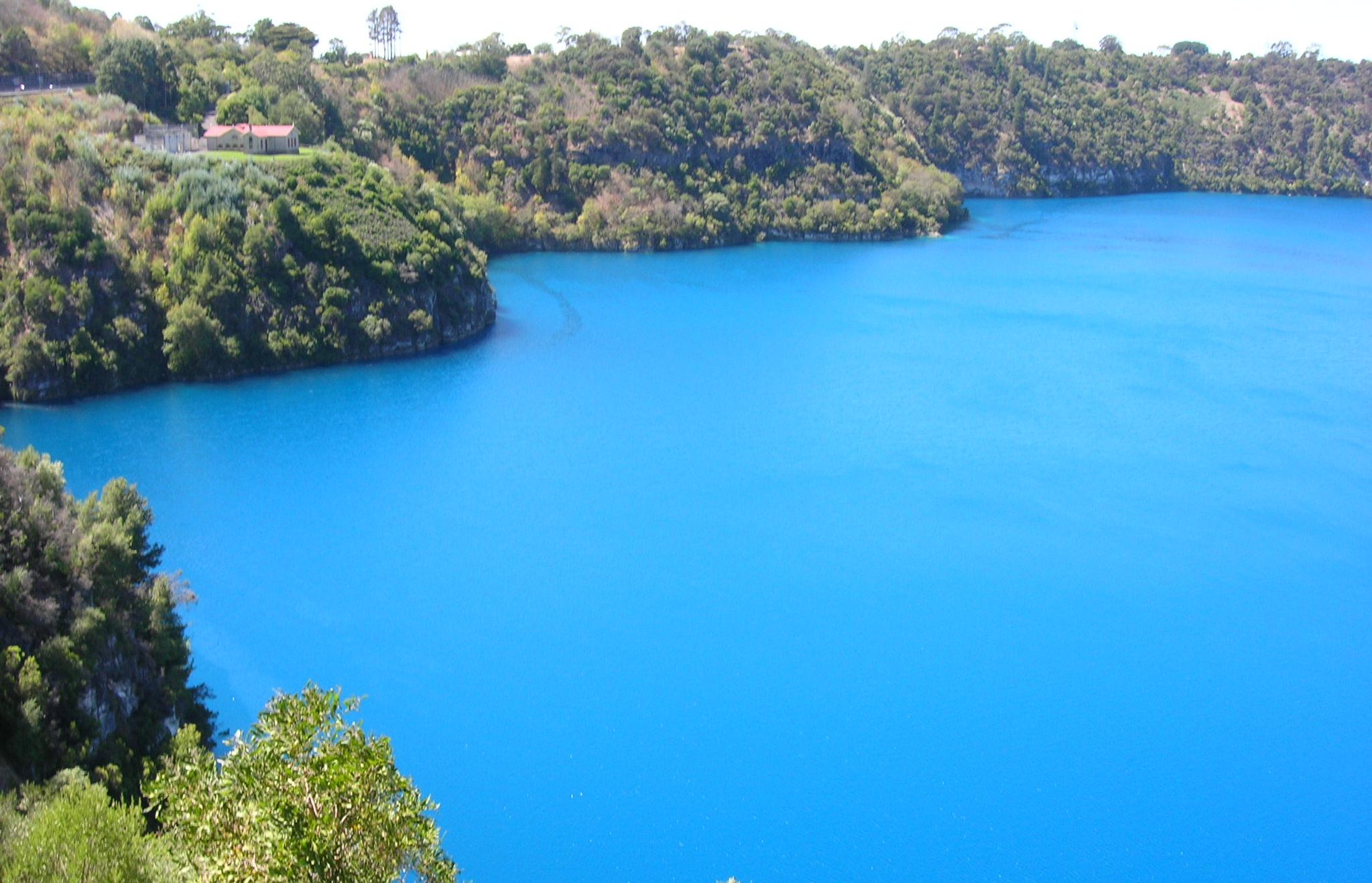
In Australia, The Blue Lake by artist Bruce Munro offers a vibrant exploration of color and light within the landscape. Created in 2009, this installation consists of thousands of blue spheres floating on the surface of a lake, creating a mesmerizing interplay of light and reflection. The Blue Lake challenges viewers to consider the transformative power of color and its ability to alter our perception of the natural world. This installation invites reflection on the potential of art to enhance and redefine our experience of the environment, highlighting the importance of creativity and imagination in shaping our understanding of the world. By transforming a natural landscape into a vibrant work of art, Munro's work underscores the interconnectedness of art and nature, inviting viewers to see the world in a new and dynamic way. The Blue Lake serves as a powerful reminder of the potential of art to inspire and engage with the beauty and diversity of the earth.
The Legacy of Land Art
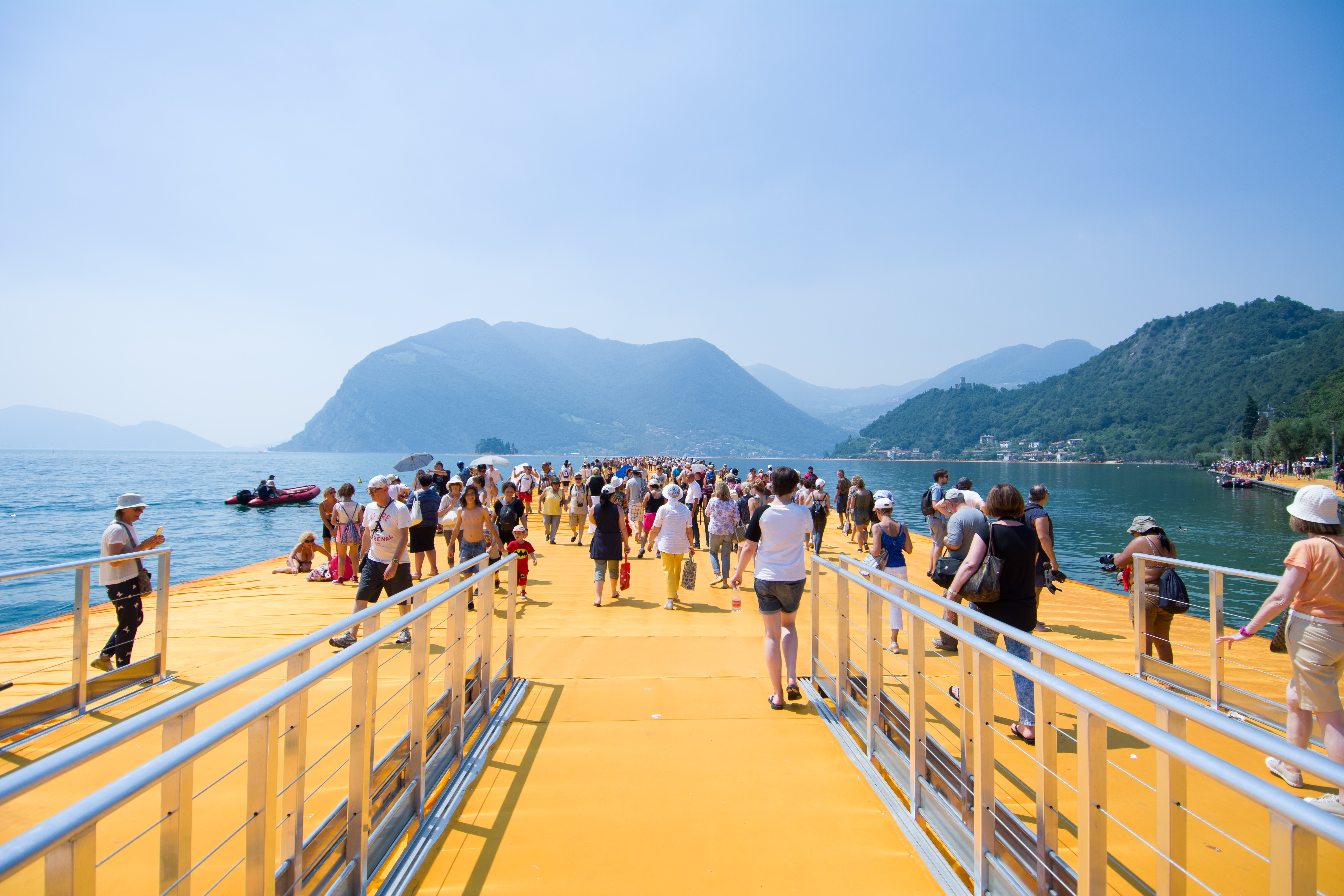
As we conclude our journey through these monumental land art installations, we are reminded of the transformative power of art to reshape our understanding of the world. Each of these masterpieces challenges us to see the earth as a dynamic canvas, inviting us to engage with the landscape in new and meaningful ways. These breathtaking masterpieces serve as a powerful reminder of the interconnectedness of art, nature, and humanity, inviting us to see the world in a new and dynamic way.







